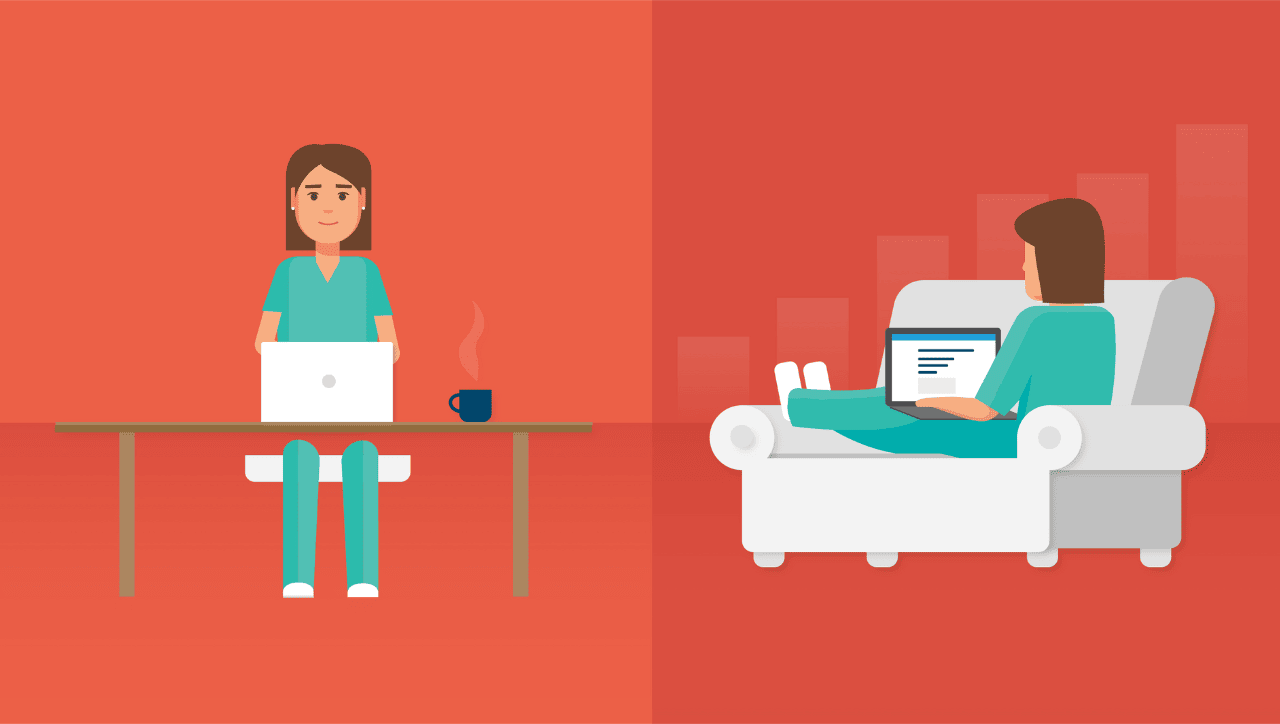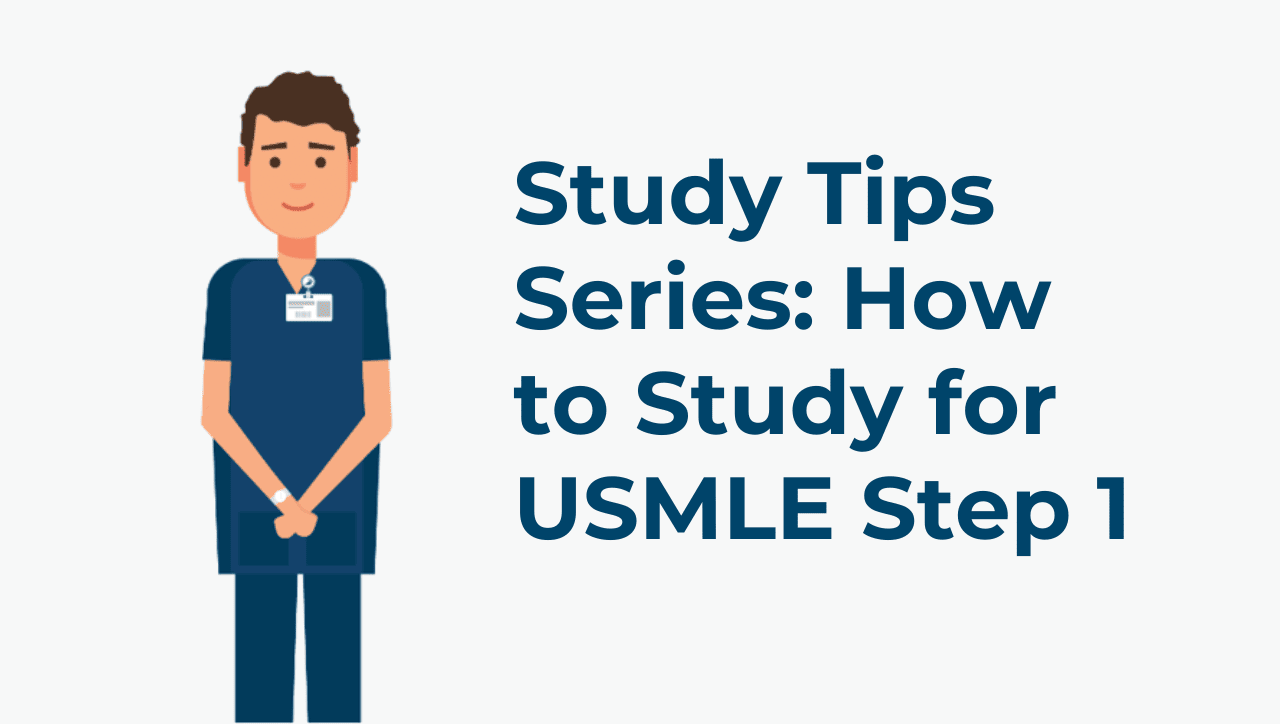How to Study Pathology for USMLE Step 1 Using Question Banks [Webinar]
Get expert advice from Dr. Chris Carrubba, an experienced USMLE professional, to break down complex USMLE-style cases and maximize your Qbank usage to study pathology, develop clinical reasoning skills, and work through USMLE Step 1 questions.
Whether you’re just starting your Step 1 prep or need advanced tips to refine your strategy, learn how to optimize your study approach for the USMLE with the guidance below.
Pathology is notoriously described as the bridge between science and medicine. It’s a part of all aspects of healthcare, and you need to master it to diagnose, treat, and prevent diseases.
Without pathology, comprehending why or how diseases work is virtually impossible. Prioritizing pathology when studying for the USMLE Step 1 is important to answer and understand the questions you’ll encounter on the exam.
Follow Dr. Carrubba’s advice to study for USMLE Step 1 pathology questions and throughout medical school for success.
1. Mix Passive and Active Learning
Passive learning isn’t as effective as active learning, but that doesn’t mean you should avoid it altogether. Use a passive learning method to kick-start the learning process. Then, solidify that information with an active learning method. For example, you can read a chapter from your textbook to get familiar with a medical topic, then use a Qbank to engage with said topic.
2. Use Spaced Repetition
There are many ways to use spaced repetition. Digital flashcards are among the most popular spaced repetition tools. Users can create, organize, and study custom flashcards directly from TrueLearn test questions or the Flashcards page at no extra cost.
You can also easily utilize resources like Picmonic to study. Picmonic offers a daily spaced repetition quiz for medical students to revisit information before they forget it.
You can also use TrueLearn’s USMLE Step 1 Question Bank to study in intervals, tracking your progress over time in the performance dashboard.
3. Focus on Quality Over Quantity
Medical students tend to overestimate the number of tools and resources they need to use to study for the USMLE—especially when trying to figure out how to study USMLE Step 1 pathology questions. However, there is such a thing as too many resources and too much studying. Exhausting your resources won’t help you truly retrain medical information.
Instead, redirect your focus to having a short yet impactful study session for the USMLE Step 1. Avoid rushing through an exhaustive list of practice pathology questions, and concentrate on chunking USMLE questions to learn the concepts, refine your test-taking skills, and maximize your memory. This also helps you avoid burnout and fatigue.
4. Cater to Your Personal Learning Style
You don’t have to follow the norm. If other students in your cohort swear by a resource or tool, but it’s not effective for you, don’t use it. There’s not one resource that you have to abide by. Stay true to yourself and use what works for you to set yourself up for success on the USMLE Step 1.
5. Use a USMLE Question Bank
Question banks help medical students get accustomed to questions with distractors. Distractors are information that makes wrong answers more alluring. They typically contain buzzwords that work to influence your answer.
Thankfully, Qbanks will help you approach these questions differently and avoid getting tunnel vision. Your performance on a Qbank, even if poor at first, will help you develop and implement test-taking strategies so you know how to get the details you need to answer all kinds of questions on the USMLE Step 1.
Master USMLE Step 1: Can You Solve This Pathology Practice Question?
Are you preparing for USMLE Step 1 and looking for ways to boost your preparedness? Here’s a high-yield case to test your skills. Let’s see how you handle it!
A 27-year-old woman comes to an outpatient urgent care facility because of 3 days of joint pain. She reports significant pain in her wrists, ankles, and knees. She also has had a low-grade fever, fatigue, and a new skin rash. The patient does not have a headache, throat pain, abdominal pain, dysuria, vaginal discharge, or vision changes. She has otherwise been healthy and takes no medications. She recently began a new sexual relationship with a male partner. The patient has an intrauterine device and does not use condoms. One month ago, she traveled to Connecticut for a camping trip with her parents. She drinks alcoholic beverages socially but does not smoke or use illicit drugs. Temperature is 38.3°C (101°F), pulse is 96/min, and blood pressure is 127/80 mmHg. Examination shows a clear oropharynx and no cervical or axillary lymphadenopathy. The abdomen is nontender and there is no hepatosplenomegaly. Upper extremity examination reveals pain along the tendon sheaths during passive and active movement of the hands. Lower extremity examination shows a total of six well-demarcated pustular lesions.
Which of the following is the most likely diagnosis?
- Blastomycosis
- Gonococcal infection
- Lyme disease
- Reactive arthritis
- Secondary syphilis
Before you choose, consider how you typically approach these types of questions. Are you focusing on the key clinical clues, or getting stuck on irrelevant details? This case, like many USMLE Step 1 pathology questions, requires you to think critically and spot the underlying diagnosis from seemingly unrelated information.
Want to see if you got the question right? Watch our free webinar to find out. Whether you’re just starting your Step 1 prep or need advanced tips to refine your strategy, this webinar is designed to give you the tools you need to excel.


